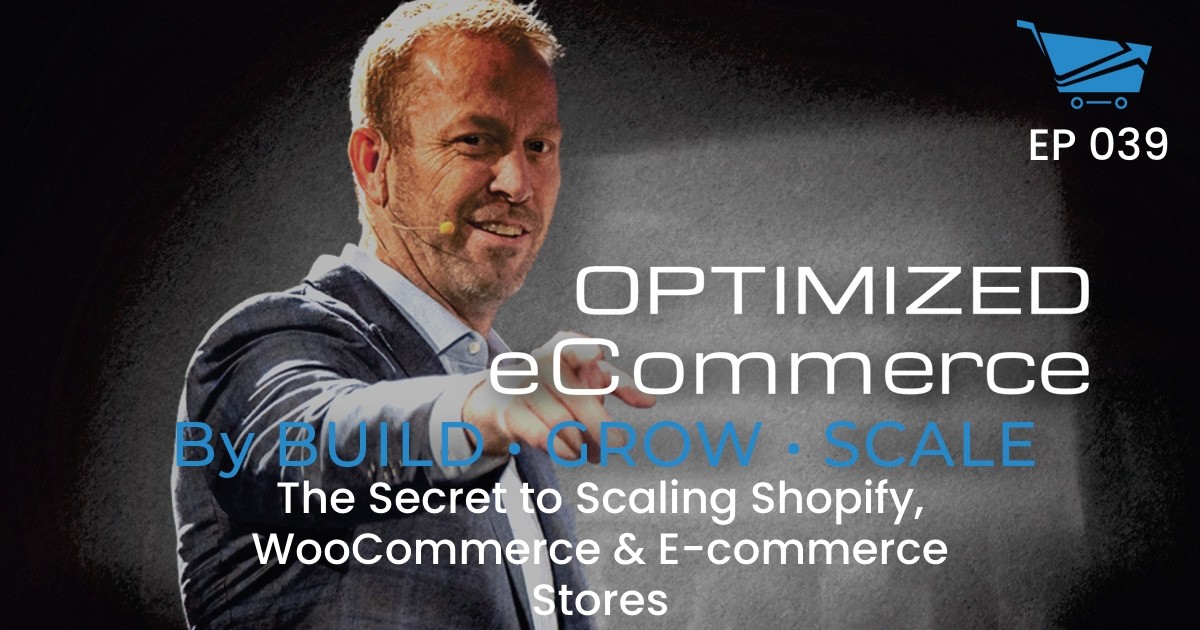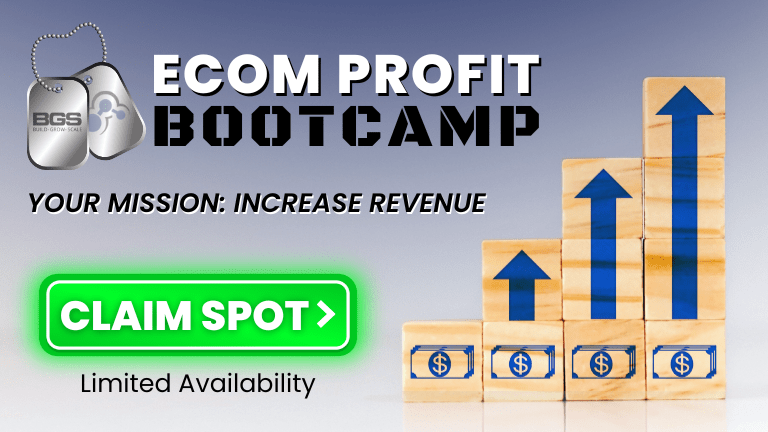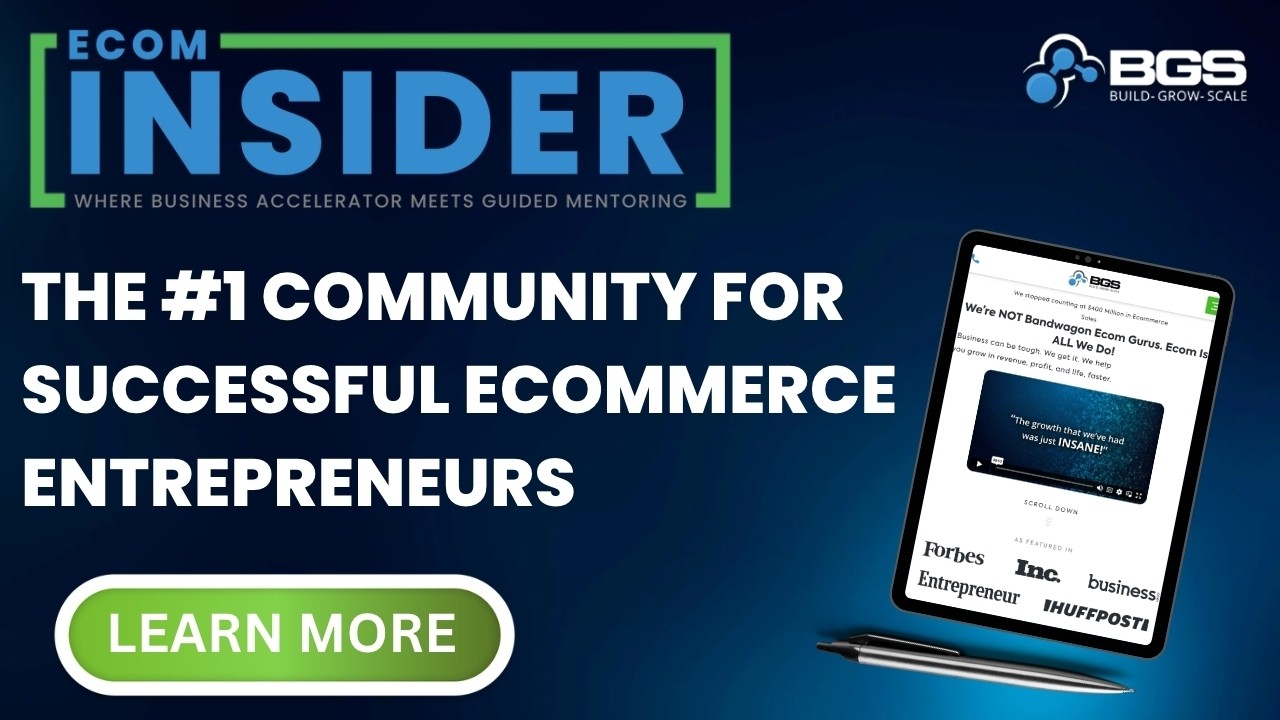Optimized Ecommerce EP 039 – The Secret to Scaling Shopify, WooCommerce & E-commerce Stores

Welcome to Episode 039 of Optimized Ecommerce – The Secret to Scaling Shopify, WooCommerce & E-commerce Stores. I’m your host, Tanner Larsson, CEO of BGS.
BGS means Build Grow Scale! It is a community that we founded where eCommerce entrepreneurs and physical product sellers come to learn how to take their businesses to the next level.
In today’s episode, Tanner Larsson talks about the real secret to scale your Ecom Store and some of the best ways to measure the actual Lifetime Customer Value.
Here’s just a taste of what we talked about today:
The true secret to scaling your eCommerce business.
You need to optimize before you maximize. The thing is, everybody wants to jump to the front of the line and start to dump more money into marketing. Yet, everything under the hood of the business is broken. The most common reason why businesses fail to scale is not that they are not adding enough new customers, it is because they don’t give value to the customers that they already have.
Over 90% of eCommerce stores sell to their customers only once. In the eCommerce space, that is not a good number because most Average Order Values are below $100.
When you sell your product once and look for new customers to sell them, your cost to acquire a customer is higher than your monetization. This is the main reason why some businesses get stuck in the growth phase and can’t scale.
Most eCommerce businesses spend 80% of their budget on the acquisition, 42% of e-commerce businesses have no clue or way to measure their actual Lifetime Customer Value. They don’t know what it is and it’s not just eCommerce businesses.
Focusing on the most essential part of your business which is the back end.
Implementing a solid back end has the potential of doubling or even tripling your business income in a matter of weeks, without generating more traffic, without new customers, and with only a marginal increase in your operational costs.
Wondering how? Think about this, what if every one of your customers that you’ve ever sold in your lifetime, bought one more time from you. When this happens your business doubles. This can obviously happen, not with every customer you have, but a percentage of your customers.
Also, a percentage of your customers will escalate. Roughly one-third of each customer level will ascend to the next highest level in pricing that you want to sell them. As a store owner, you have to keep escalating your customers. This is a reason why continuity is so powerful because it gets them on a subscription model that gets them to keep paying your store constantly.
We also discussed a few other fun topics, including:
- The key to maximum backend return on investment.
- How to work on developing an automated process through multiple modality communication?
- Customer lifecycle graph and phases.
- Customers as the true asset of a business.
- Ways on how to focus on customer-centricity.
But you’ll have to watch or listen to the episode to hear about those!
How To Stay Connected With Tanner Larsson
Want to stay connected with Tanner? Please check out their social profiles below.
- Facebook: Facebook.com/BuildGrowScale
- Twitter: @BuildGrowScale
- YouTube Channel: Youtube.com/windowsuccess
Resources
Also, Tanner mentioned the following items on the show. You can find that on:




